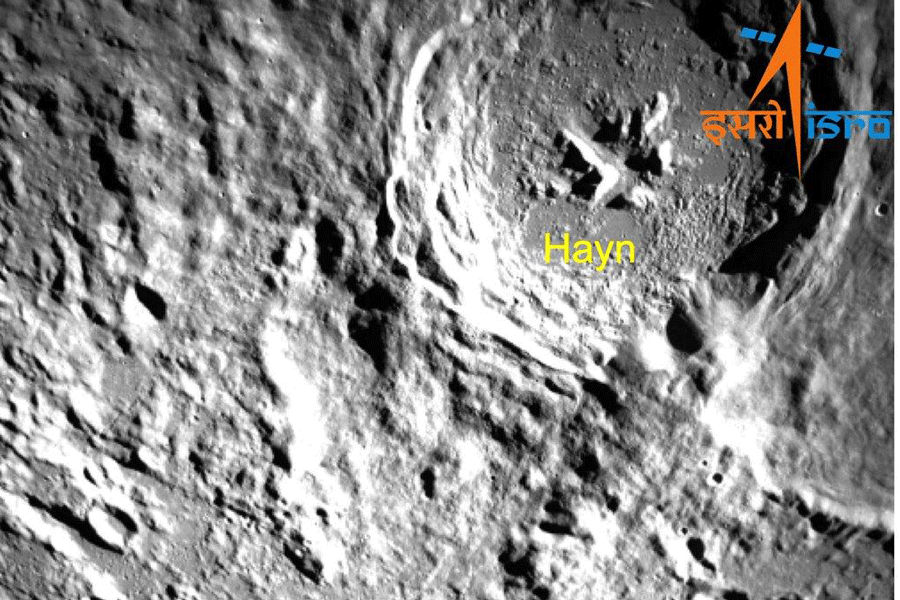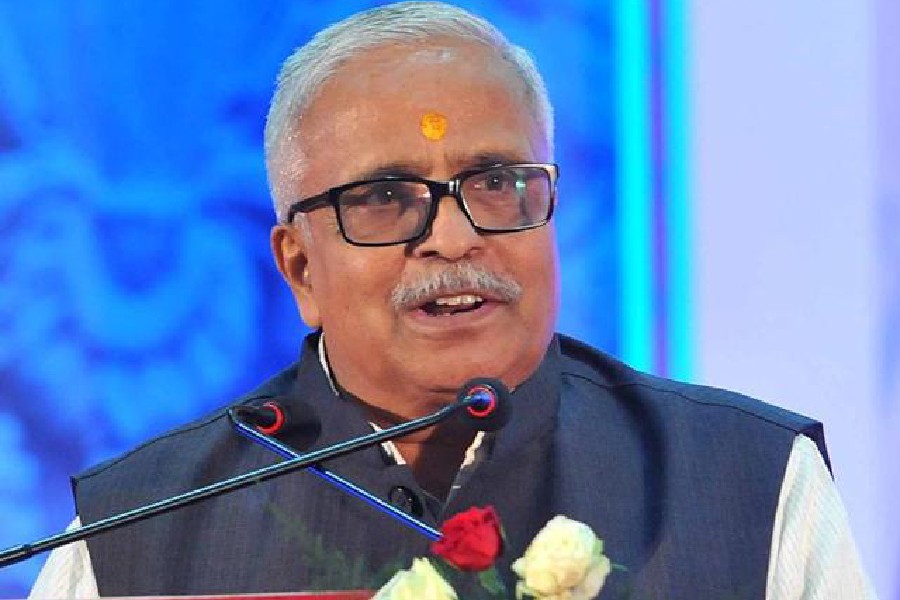The crash of the Chandrayaan-2 lander in 2019 was a disappointment to the Indian Space Research Organization. But the mission was not a total loss.
The Chandrayaan-2 orbiter continued to travel around the moon, where its suite of instruments have been making scientific observations.
One instrument on the orbiter identified signs of water, likely trapped in minerals, in parts of the moon far from the polar regions. Further study of the findings may give insights into the moon’s geology, chemical composition and interaction with the solar wind.
If the water can be extracted efficiently, “This is also significant for future planetary exploration for resource utilization,” a team of ISRO researchers wrote in a paper published two years ago.
Using data from another instrument that measured X-rays, scientists produced a map of the abundance of the element sodium on the lunar surface.
That helps answer the mystery of sodium atoms that have been observed floating above the surface. The sodium atoms can be knocked off the surface by the bombardment of ions and ultraviolet light from the sun.
New York Times News Service











